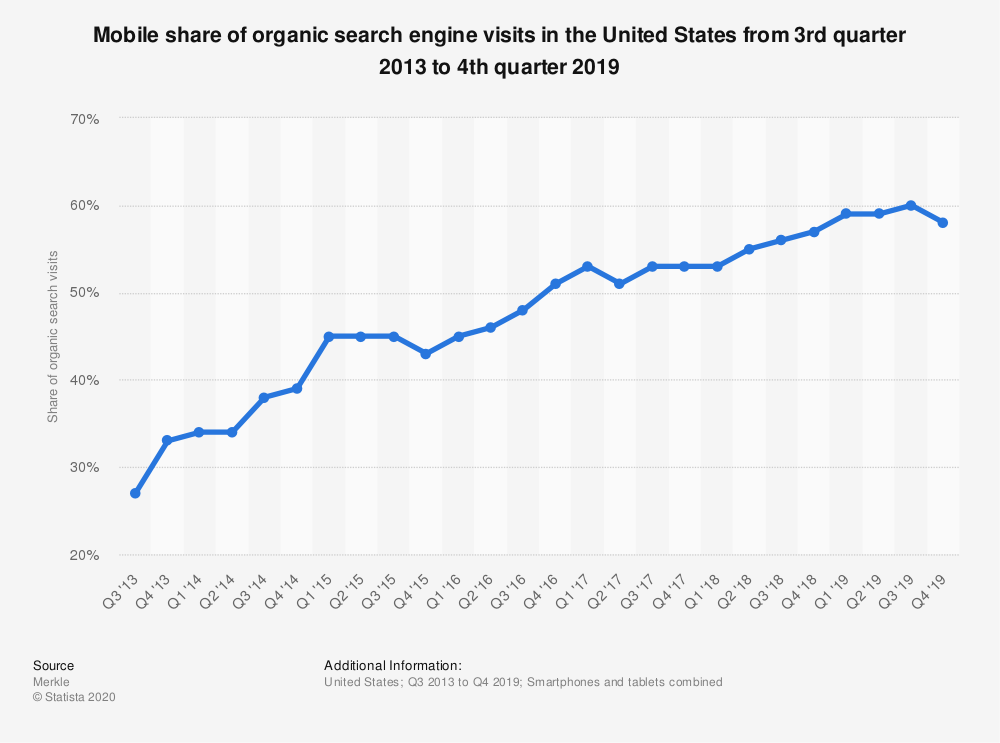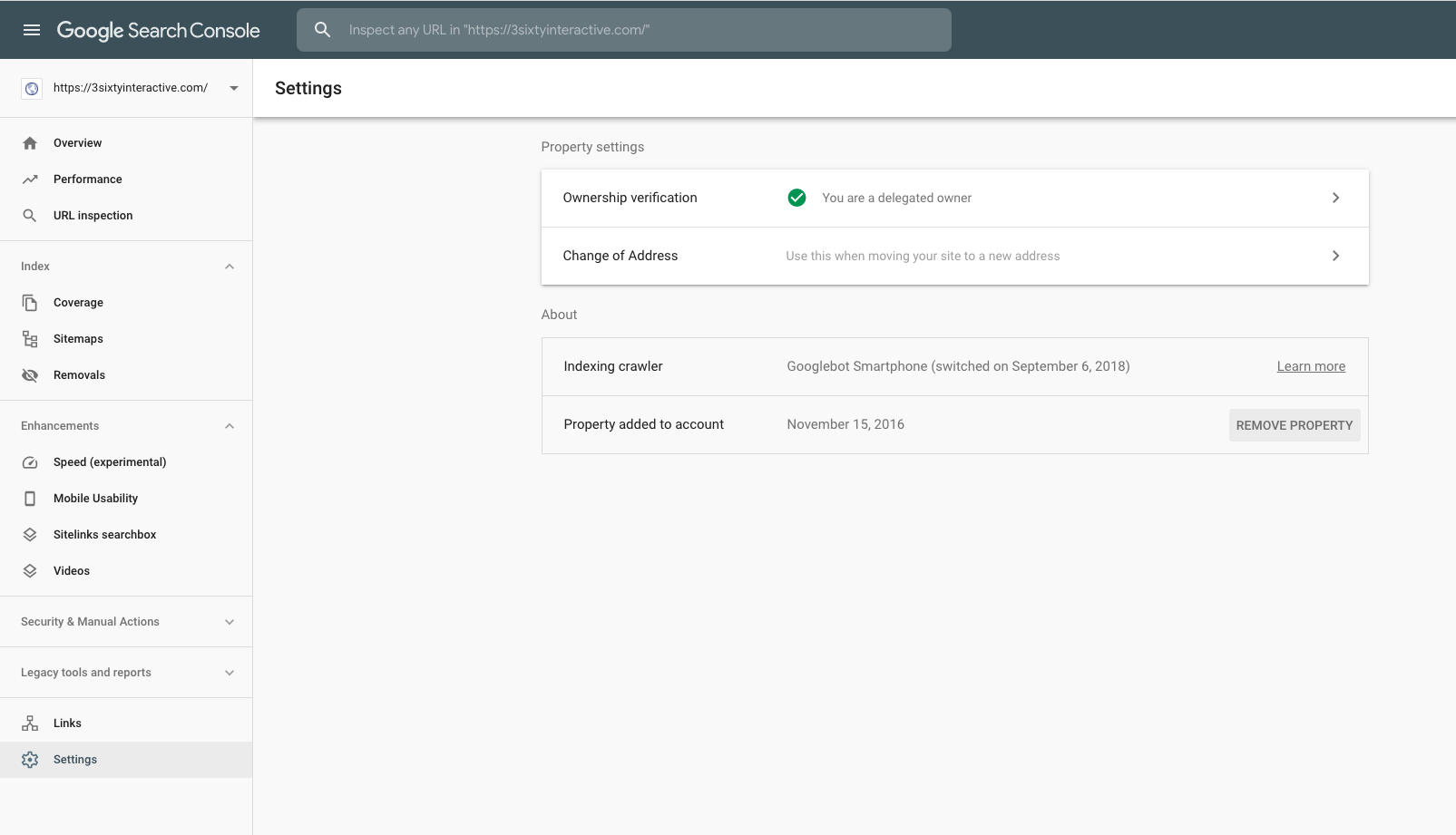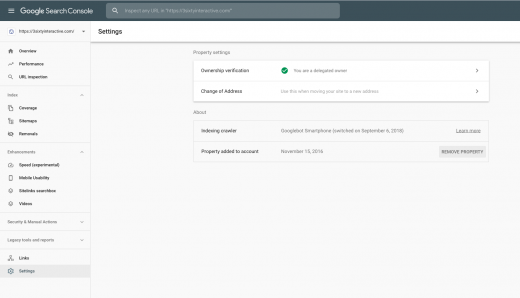The Mobile-First Indexing: What It is and What You Need to Know
It’s been a while since we first heard about Google’s decision to switch to a Mobile-First Indexing. Since that first announcement, there have been several actions taken, and clarifications were given on what this mobile-first index is along with how and when it is all going to happen.
In this post, we’re going to review the announcements that Google has made over the last couple of years and hopefully clarify what the Mobile-First Indexing is and how it will impact your business.
What It Is And Isn’t
Let’s start by looking at what Google’s Mobile-First Indexing is.
Mobile-First Indexing is a method of indexing the pages on your website based on the mobile version of your website and then using those pages on Google’s search engine results page (SERP). The mobile version of your website’s pages will become the primary pages that get returned on the SERP for your website.
So, if you maintain two different websites, a desktop version and a mobile version (this is actually very rarely done anymore), then the content on the mobile page will be the default content that Google will return for a search that you rank for.
Additionally, Google will now use the mobile version of your website pages to ranking. Again, if you are maintaining two versions of your website and you’ve only been performing SEO on the desktop version, you’re, most likely, going to lose rankings as the mobile versions of your website pages will now determine how Google ranks your site.
Mobile-First Indexing Misconceptions
There are some misconceptions, however, about the Mobile-First Index, so let’s take a look at what the Mobile-First Indexing is not.
Mobile-First Indexing is not a separate index, and there is no mobile-only index. Mobile-First Indexing is a process that utilizes Google’s algorithm and bots to index the mobile versions of your website’s pages.
Mobile-First Indexing is not mobile-friendly. Mobile-friendliness is an entirely separate thing, and your website page could completely fail Google’s mobile-friendly test and still be indexed under the Mobile-First Indexing.

Why Are They Doing This & What If I’m Not Mobile?
Because most searches are done on a mobile device. In the 4th quarter of last year, 58% of organic search engine visits were done on mobile devices, according to Statista. Because of the growing importance and usage of mobile devices, it simply makes sense to have Mobile-First Indexing.
Not mobile yet? First, you really need to get serious about this.
Second, if you don’t have a mobile version of your site or if your site isn’t built with a responsive design, your desktop versioned website will still be indexed, and your site’s search results will still show up. Here’s the quote from Google “If you only have a desktop site, we’ll continue to index your desktop site just fine, even if we’re using a mobile user-agent to view your site.”
What Are The Best Practices?
Google has laid out best practices for getting your site ready for the Mobile-First Indexing.
- Make sure that the Googlebot can access and render the content on your website.
- If you do still have two different sites (mobile & desktop) then make sure that the content on both sites are the same.
- If you are using structured data and you are still using two sites, make sure that your structured data is the same on both sites.
- Make sure that you are using high-quality images that are properly optimized in size for mobile sites.
And last but not least, move away from using two sites as soon as possible.

Is Your Site Mobile-First Indexed?
The best way to find out if your site has been indexed for Google’s Mobile-First Indexing is to go to Google’s Search Console. If you don’t have an account setup yet, set one up. If you do have an account, login and navigate to the settings area. Take a look at the Indexing Crawler information. If you see the crawling agent as Googlebot Smartphone then you’ll know that your site has been Mobile-First Indexed.
The Order Of Things
- November 2016: This was the first announcement from Google that they were “beginning experiments” to make their index mobile-first. In this first announcement, Google offered a list of a few recommendations to help prepare your website for this new mobile-first index. That list of recommendations included:
- If you have a responsive or dynamic serving site then you shouldn’t have to make any changes to your site.
- If your website is configured so that the content and markup is different between a mobile and a desktop website, you should consider making changes to your site.
- If you’ve only verified your desktop site within the Search Console, add and verify your mobile site within the Search Console as well
(8)


